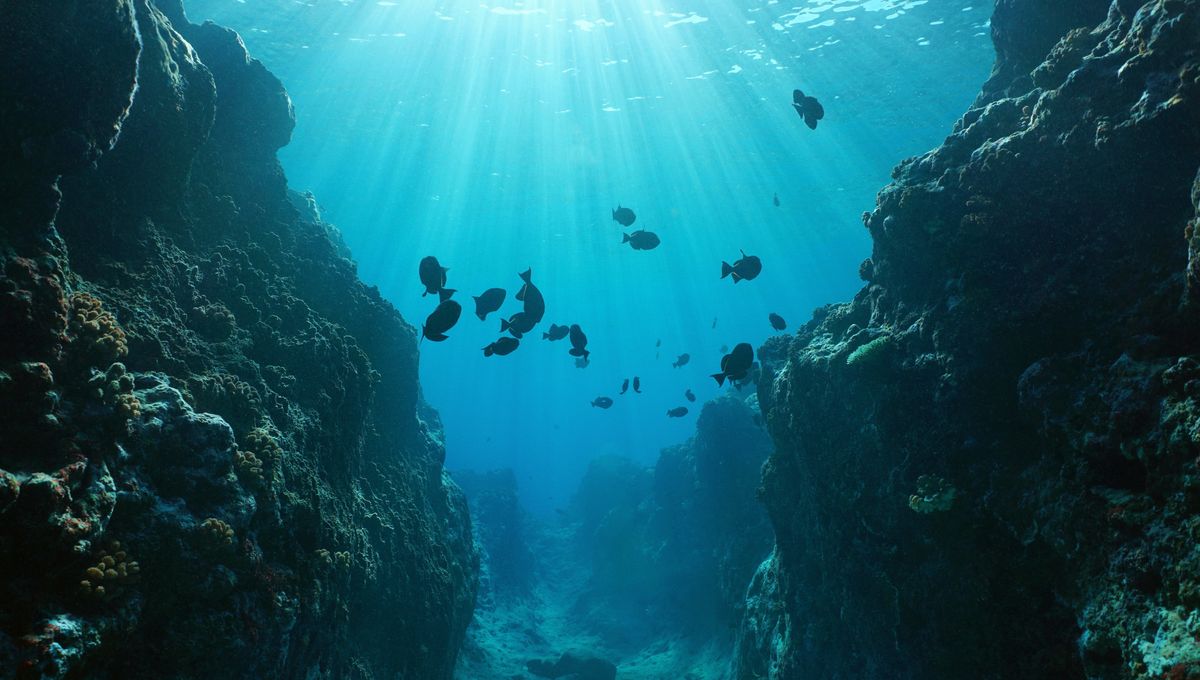
The world’s oceans have an average depth of around 3,682 meters (12,080 feet), yet there is one point where the seafloor plunges to around three times this profundity. Known as the Challenger Deep, the deepest spot in the ocean lies within the famous Mariana Trench in the western Pacific, and has only ever been visited by a handful of people.
Named after the legendary Challenger Expedition that first sounded the depths of the trench in 1875, the Challenger Deep lies some 200 nautical miles (230 miles; 370 kilometers) southwest of Guam, towards the southern end of the Mariana Trench. The murky abyss is divided into three depressions known as the eastern, central, and western basins, with a 2021 study confirming that the deepest point lies within the eastern basin, at a depth of 10,935 meters (35,876 feet).
The spot is so deep that if Mount Everest were placed there, its summit would still lie around 2,084 meters (6,842 feet) beneath the waves. Despite its incredible depth, however, the Challenger Deep was reached by oceanographer Jacques Piccard and Navy Lt. Don Walsh, who made it to the bottom of the sea in a US Navy submersible in 1960.
More than six decades later, filmmaker and explorer James Cameron became the second visitor to the Challenger Deep and the first solo traveler to arrive in 2012. Diving aboard a submarine he designed himself, Cameron took two hours and 36 minutes to descend to the bottom of the chasm, before returning to the surface in about 70 minutes.
Like the rest of the Mariana Trench, the Challenger Deep was formed by a process known as subduction, whereby the Pacific Plate slid beneath the smaller Mariana Plate. This sent the seafloor plummeting towards the so-called hadal zone, which begins at a depth of 3.7 miles (19,536 feet) and takes its name from Hades, the mythical Greek underworld.
Yet while Hades may be associated with death, the Challenger Deep is surprisingly teeming with life. For instance, during Cameron’s visit, he captured footage of strange, translucent sea cucumbers that had not been seen anywhere else in the ocean.
As exciting as that sounds, subsequent visits to the Deep revealed that the life forms at the bottom of the ocean may already be affected by pollution. Unbelievably, one expedition even found a beer bottle lying on the seafloor, highlighting the need to do a better job of protecting the ocean, and indeed the rest of the planet.
All “explainer” articles are confirmed by fact checkers to be correct at time of publishing. Text, images, and links may be edited, removed, or added to at a later date to keep information current.
Source Link: What’s The Deepest Part Of The Ocean?